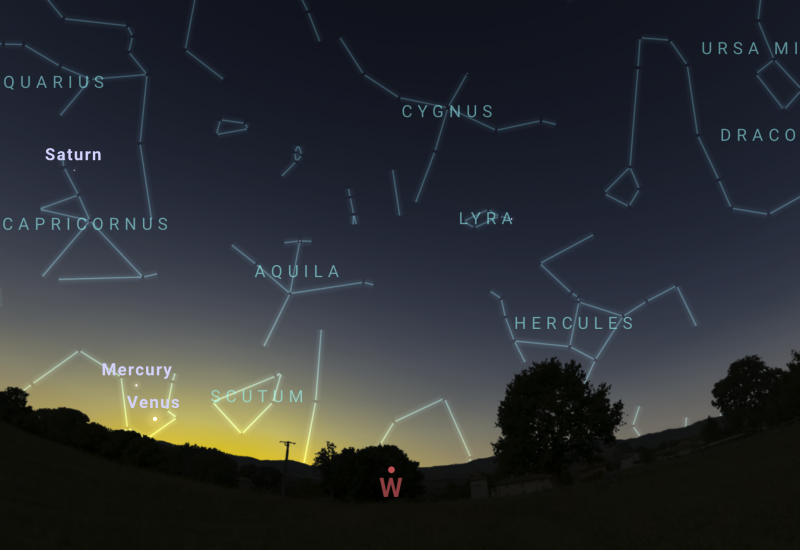
Mercury has been showing up in the evening sky from the second week of December. It reaches greatest elongation on December 21, 2022. As a bonus, Mercury is 5 degrees away from dazzling Venus this evening.
Where to look: Look for Mercury in the sunset direction, as soon as the sky begins to darken. Try sweeping for Mercury with binoculars. It might surprise you, and pop into view.
When to look: Mercury began this evening apparition around December 7. It’ll disappear again at the end of the month.
Greatest elongation: Is at 15 UTC on December 21, 2022. At greatest elongation, Mercury is farthest from the sunset for this evening apparition, and 20 degrees from the sun in the evening sky.
Brightness at greatest elongation: Mercury shines at magnitude -0.6.
Through a telescope: Mercury appears about 60% illuminated, in a waxing gibbous phase, 6.8 arcseconds across.
Elongation constellation: Venus is in the constellation of Sagittarius the Archer.
Note: As the innermost planet, Mercury is tied to the sun in our sky. As a result, it never ventures very far above the horizon after sunset. So, as soon as the sun disappears below your horizon, the clock starts ticking. Will you see the glowing point of light that is Mercury before it follows the setting sun?
For precise views from your location, we recommend stellarium.org.
The view from the Northern Hemisphere
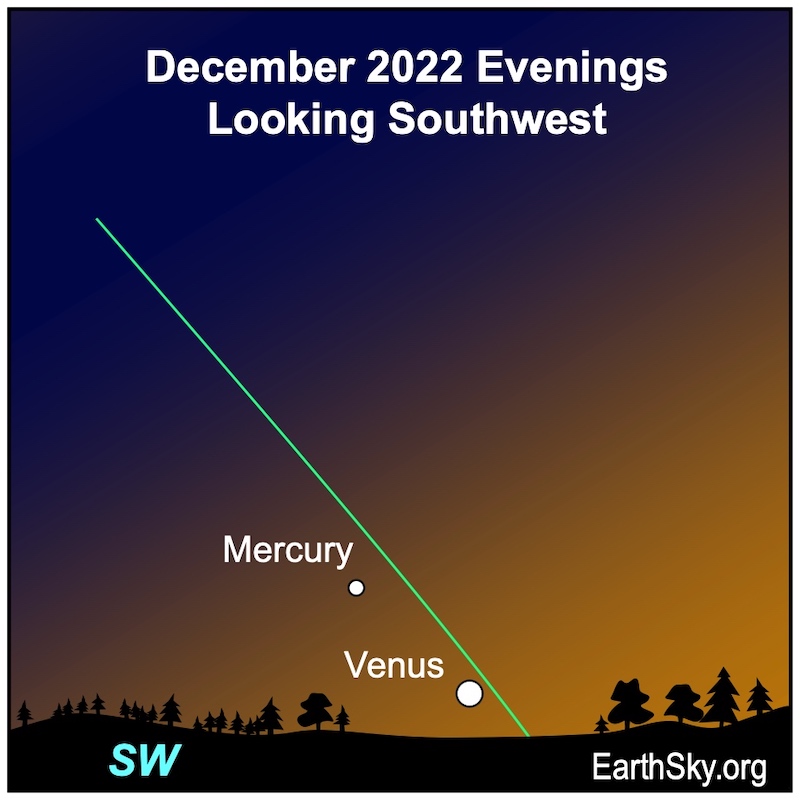
The view from the Southern Hemisphere
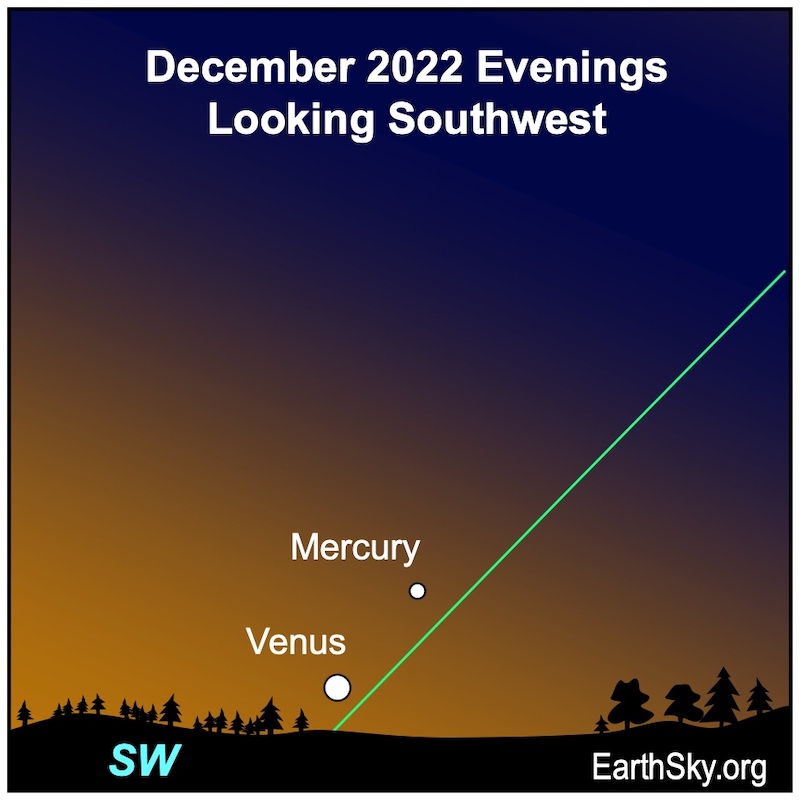
For precise sun and Mercury rising times at your location:
Old Farmer’s Almanac (U.S. and Canada)
Timeanddate.com (worldwide)
Stellarium (online planetarium program)
Mercury events in 2022 and 2023
Dec 21, 2022: Greatest elongation (evening)
Jan 7, 2023: Inferior conjunction (races between Earth and sun)
Jan 30, 2023: Greatest elongation (morning)
Mar 17, 2023: Superior conjunction (passes behind sun from Earth)
Apr 11, 2023: Greatest elongation (evening)
May 1, 2023: Inferior conjunction (races between Earth and sun)
May 29, 2023: Greatest elongation (morning)
Jul 1, 2023: Superior conjunction (passes behind sun from Earth)
Aug 10, 2023: Greatest elongation (evening)
Sep 6, 2023: Inferior conjunction (races between Earth and sun)
Sep 22, 2023: Greatest elongation (morning)
Oct 20, 2023: Superior conjunction (passes behind sun from Earth)
Dec 4, 2023: Greatest elongation (evening)
Dec 22, 2023: Inferior conjunction (races between Earth and sun)
Heliocentric view of Mercury December 2022
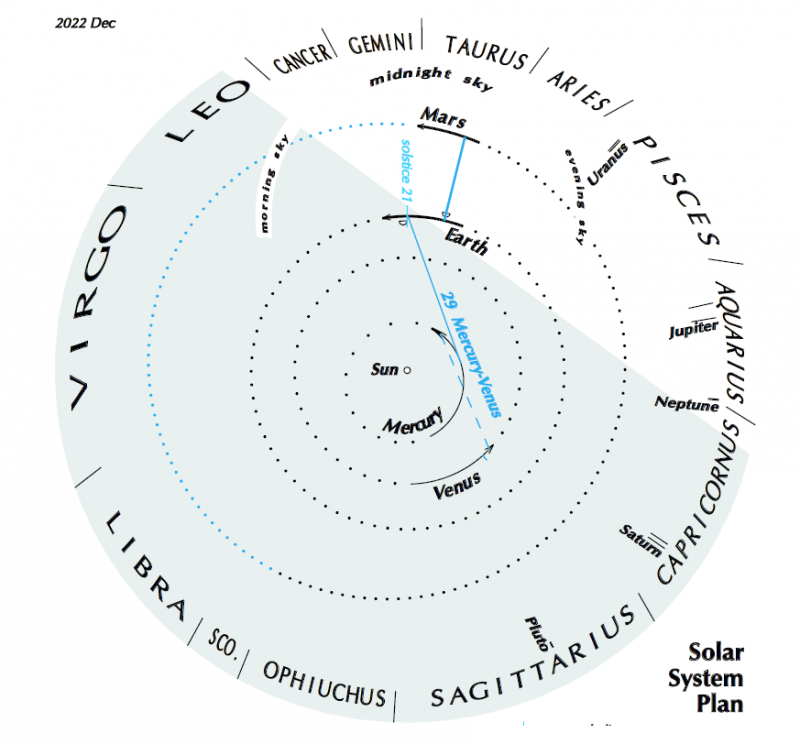
A comparison of elongations
As a matter of fact, not all of Mercury’s greatest elongations are created equal. Indeed, some are greater than others. Ultimately, the farthest from the sun that Mercury can ever appear on the sky’s dome is about 28 degrees. And the least distance, comparatively, is around 18 degrees.
Also, elongations are better or worse depending on the time of year they occur. In 2022, the Southern Hemisphere had the best evening elongation of Mercury in August. And the Northern Hemisphere had the best evening apparition in April.
In the autumn for either hemisphere, the ecliptic – or path of the sun, moon and planets – makes a narrow angle to the horizon in the evening. But it makes a steep slant, nearly perpendicular, in the morning. So, in autumn from either hemisphere, morning elongations of Mercury are best. Then, Mercury appears higher above the horizon and farther from the glow of the sun. However, evening elongations in autumn are harder to see.
But, in the spring for either hemisphere, the situation reverses. The ecliptic and horizon meet at a sharper angle on spring evenings and a narrower angle on spring mornings. So, in springtime for either hemisphere, evening elongations of Mercury are best. Meanwhile, morning elongations in springtime are harder to see.
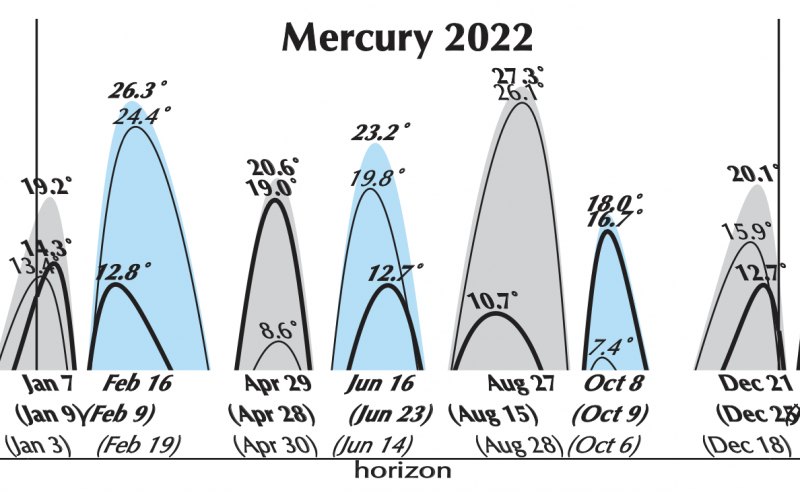
The December Mercury elongation is decent for both hemispheres
Yet for this December elongation of Mercury, neither hemisphere is really favored for viewing the elusive planet. Overall, it’s a decent apparition for both hemispheres.

Photos from our community
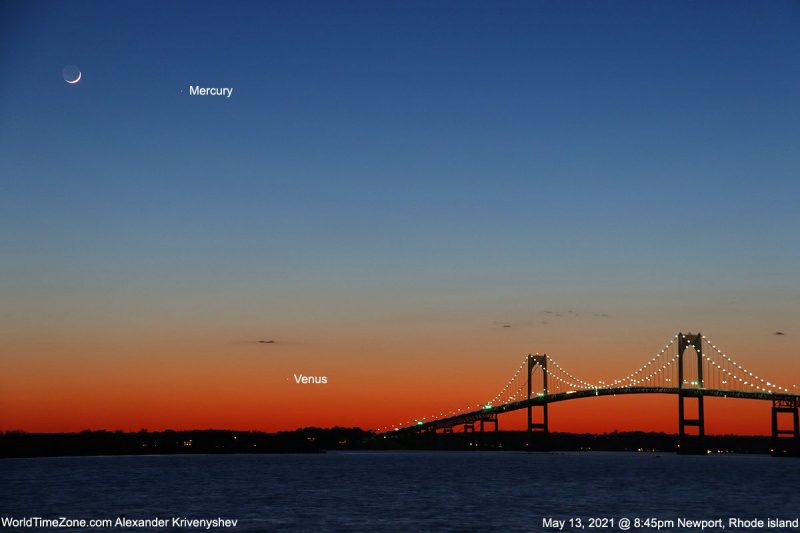

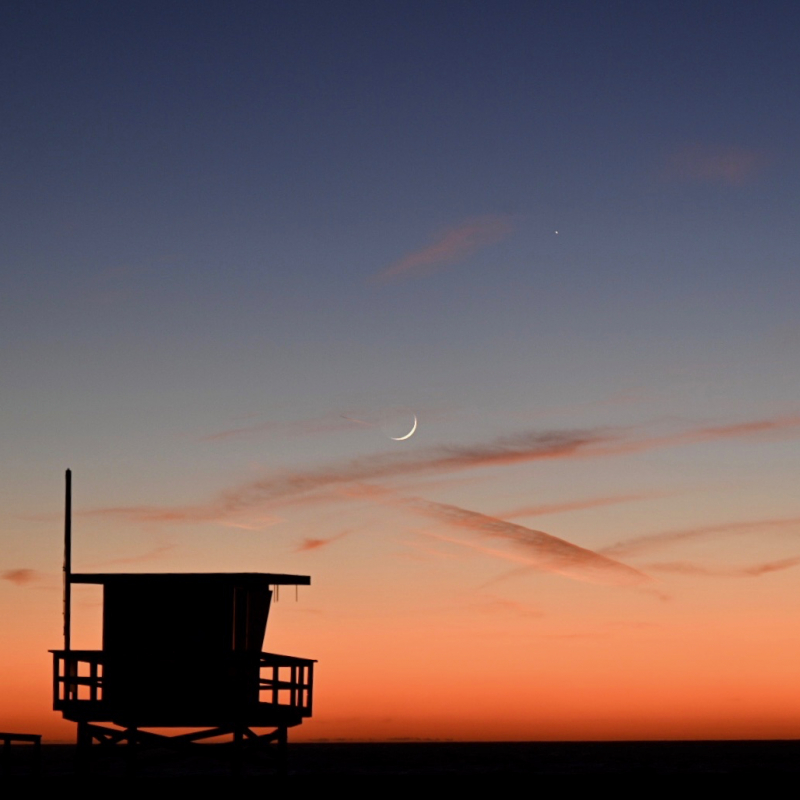
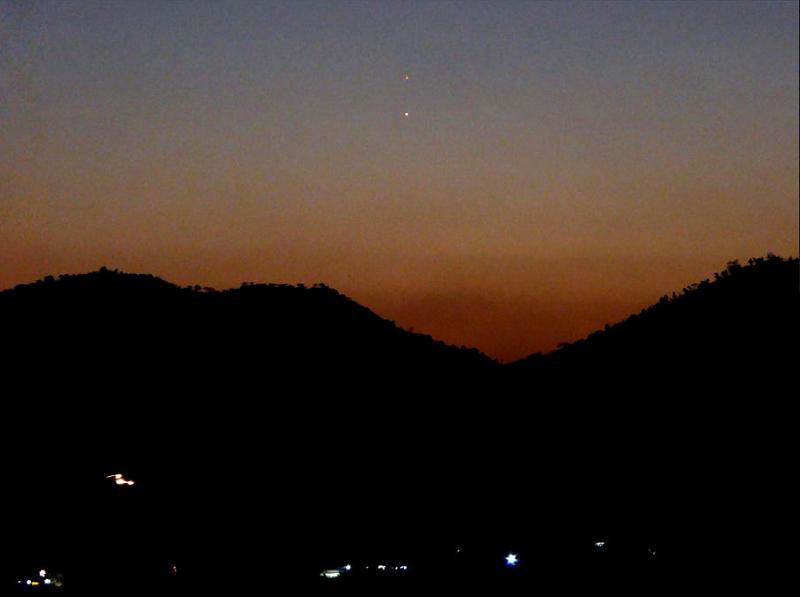
Submit your photos to EarthSky here.
Some resources to enjoy
Read about greatest elongations, superior and inferior conjunctions: Definitions for stargazers
Bottom line: Mercury is currently visible during its evening apparition. So, look in the sunset direction, as the sky is darkening. The planet reaches greatest elongation on December 21, 2022. By the way, bright Venus is visible as well.
The post Mercury after sunset: Greatest elongation December 21 first appeared on EarthSky.
0 Commentaires